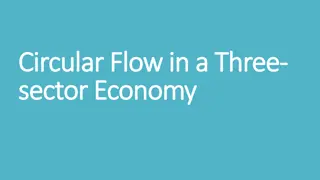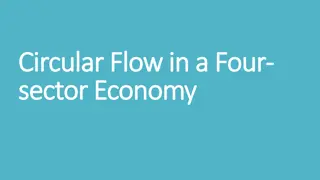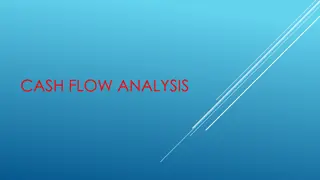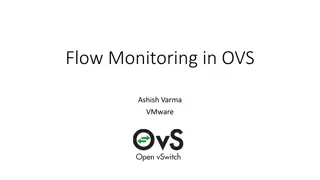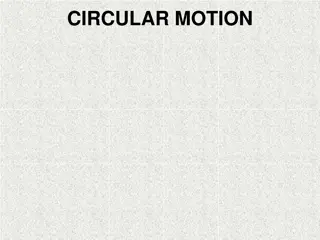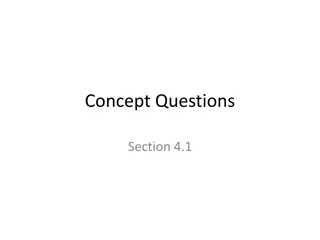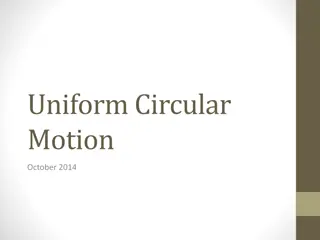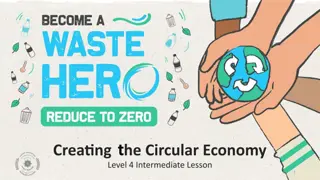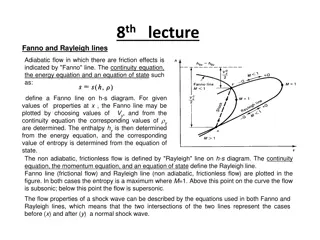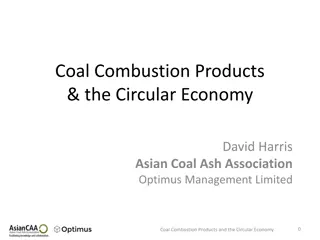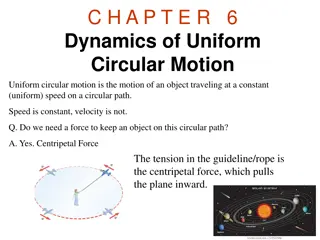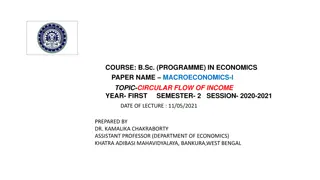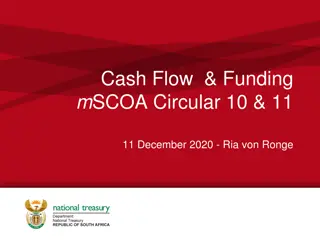
Understanding the Circular Flow Model in Macroeconomics
Explore the significance of the Circular Flow Model in teaching GDP, unemployment, inflation, monetary policy, fiscal policy, and net exports. Learn how to link economic concepts back to this fundamental diagram for effective understanding in economics education.
Download Presentation

Please find below an Image/Link to download the presentation.
The content on the website is provided AS IS for your information and personal use only. It may not be sold, licensed, or shared on other websites without obtaining consent from the author. If you encounter any issues during the download, it is possible that the publisher has removed the file from their server.
You are allowed to download the files provided on this website for personal or commercial use, subject to the condition that they are used lawfully. All files are the property of their respective owners.
The content on the website is provided AS IS for your information and personal use only. It may not be sold, licensed, or shared on other websites without obtaining consent from the author.
E N D
Presentation Transcript
Gary N. Petmecky Parkview High School Lilburn, Ga
Econedlink Fundamentals of A.P. Economics Webinar Series
Econedlink AP Macroeconomics Collection
Econedlink AP Microeconomics Collection
Econedlink Preparing for the A.P. Exam
Why? Why? You can refer back to the circular flow diagram when teaching the following concepts. GDP Effects of unemployment Effects of inflation Monetary Policy Fiscal Policy Net Exports
I try to link everything I can, back to the circular flow model. It is something the kids can wrap their heads around. It gives them solid ground that they can relate to.
I introduce the circular flow diagram though Econoland. Councilforeconed.org
Households: This is you and me. In the Macro Economy, our roles are to provide the factors of production to the economy and then to purchase goods and services.
Businesses: In the Macro Economy, the role of the business is to provide goods and services. They do this by purchasing the factors of production from the households.
Households Businesses
Next, we need to introduce the two markets. A market is a mechanism that brings the buyers (demanders) and seller (suppliers) together to exchange goods and services.
The product market is where households purchase goods and services and the businesses sell the goods and services.
Households Businesses
Goods and Services Goods and Services Product Market Payment for Goods and Services Payment for Goods and Services Households Businesses
The second market in the circular flow model is the factor market. This is sometimes called the resource market.
Households Businesses Factor Market
The factor market is where businesses purchase factors of production that the households sell.
The factor market is where businesses purchase factors of production that the households sell.
Households Businesses Factor Market Land, Labor, Capital, Entrepreneurship Land, Labor, Capital, Entrepreneurship
All of the factors are owned by the households. They sell these factors to the businesses. The payments for these factors have specific names.
The payment for land is rent. The payment for labor is wages. The payment for capital is interest. The payment to the entrepreneur is profit.
Households Businesses Rent, wages, interest, profit Factor Market Rent, wages, interest, profit Land, Labor, Capital, Entrepreneurship Land, Labor, Capital, Entrepreneurship
Putting both markets together we get the basic circular flow model. It includes two of the four aggregates in macroeconomics.
Goods and Services Goods and Services Product Market Payment for Goods and Services Payment for Goods and Services Households Businesses Rent, wages, interest, profit Factor Market Rent, wages, interest, profit Land, Labor, Capital, Entrepreneurship Land, Labor, Capital, Entrepreneurship
When you draw this the only rules are that the two markets have to be opposite of each other and households and businesses must be opposite each other. The arrows then have to flow to correctly show the flow of goods, services, factors, and money.
Goods and Services Goods and Services Product Market Payment for Goods and Services Payment for Goods and Services Households Businesses Rent, wages, interest, profit Factor Market Rent, wages, interest, profit Land, Labor, Capital, Entrepreneurship Land, Labor, Capital, Entrepreneurship
I purchased magnetic paper, cut it into strips and then wrote all of these parts on them. I have used these in a variety of ways.
1. Bring students up by row and each person must place one of the parts. The first time I do it, I do it in an organize fashion. I then randomize the parts.
2. I have three different copies. If I have a few extra minutes at the end of class, I invite students to come to the board and practice with them.
The Macroeconomy consists of the four aggregates. Household, Businesses, Government and Foreign Sector. We can add each of these into the circular flow diagram.
Goods and Services Goods and Services Product Market Payment for Goods and Services Payment for Goods and Services Money Taxes Taxes Households Government Businesses Government Services Government Services Money Factors of Prod. Rent, wages, interest, profit Factor Market Rent, wages, interest, profit Land, Labor, Capital, Entrepreneurship Land, Labor, Capital, Entrepreneurship
Foreign Sector Xn GDP = C+I+G+Xn C G I Foreign Sector
Lets go back to a simple circular flow diagram. Closed: No foreign sector. Private: No government.
Goods and Services Goods and Services Product Market Payment for Goods and Services Payment for Goods and Services Households Businesses Rent, wages, interest, profit Factor Market Rent, wages, interest, profit Land, Labor, Capital, Entrepreneurship Land, Labor, Capital, Entrepreneurship
What are the two major problems an economy can face? Unemployment Inflation
Goods and Services Goods and Services Product Market Payment for Goods and Services Payment for Goods and Services Households Businesses Rent, wages, interest, profit Factor Market Rent, wages, interest, profit Land, Labor, Capital, Entrepreneurship Land, Labor, Capital, Entrepreneurship
Goods and Services Goods and Services Product Market Payment for Goods and Services Payment for Goods and Services Households Businesses Rent, wages, interest, profit Factor Market Rent, wages, interest, profit Land, Labor, Capital, Entrepreneurship Land, Labor, Capital, Entrepreneurship
Goods and Services Goods and Services Product Market Payment for Goods and Services Payment for Goods and Services Households Businesses Rent, wages, interest, profit Factor Market Rent, wages, interest, profit Land, Labor, Capital, Entrepreneurship Land, Labor, Capital, Entrepreneurship
The Circular Flow Diagram with Monetary Policy and Fiscal Policy
Goods and Services Goods and Services Product Market Payment for Goods and Services Payment for Goods and Services Easy Money Policy Households Businesses Financial Market Rent, wages, interest, profit Factor Market Rent, wages, interest, profit Land, Labor, Capital, Entrepreneurship Land, Labor, Capital, Entrepreneurship
Goods and Services Goods and Services Product Market Payment for Goods and Services Payment for Goods and Services Tight Money Policy Households Businesses Financial Market Rent, wages, interest, profit Factor Market Rent, wages, interest, profit Land, Labor, Capital, Entrepreneurship Land, Labor, Capital, Entrepreneurship


